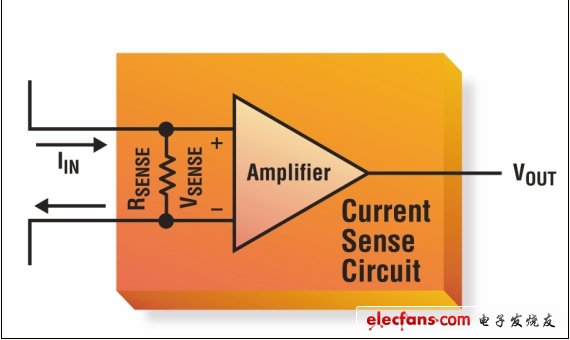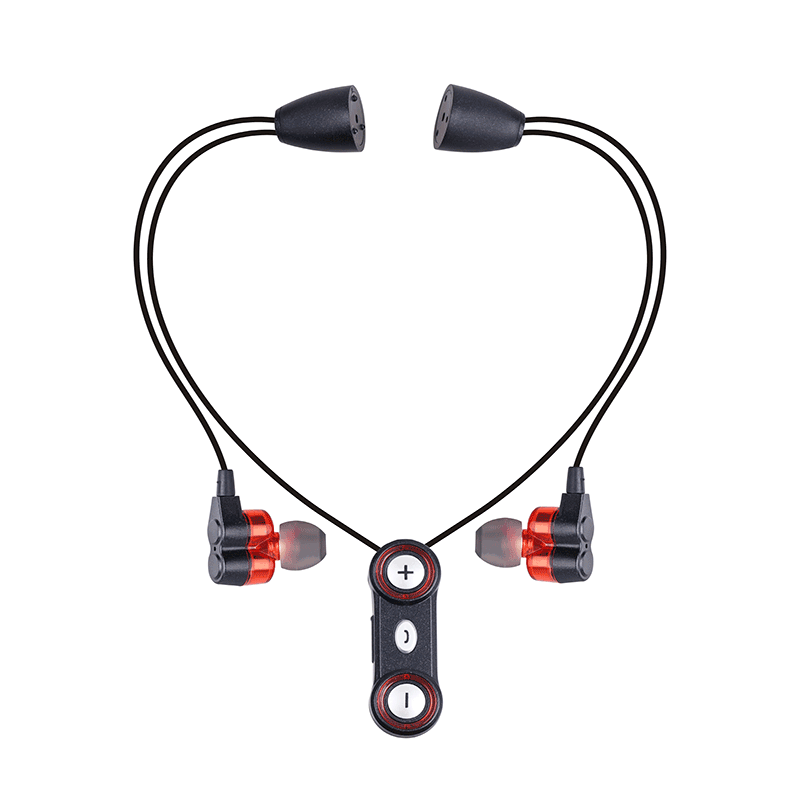High-performance current sensing with new amplifiers
Most analog chips (comparators, op amps, instrumentation amplifiers, reference sources, filters, etc.) are used to process voltage signals. When used to process current signals, designers have fewer choices and more headaches. This is unfortunate because direct monitoring and measuring current has great advantages. For motor torque, solenoid force, LED brightness, solar cell illumination, and battery energy, the best way to monitor current is by observing the current. Therefore, there is a need for a circuit capable of accurately detecting a current and converting the current into a voltage that is easy to amplify, adjust, and measure in a common voltage type device (amplifier, comparator, ADC, etc.).
Although a resistor can convert current into voltage, the resistor itself does not provide a complete solution. The most common solution is to use a sense resistor that is placed in series directly in the current path, and an amplifier is used to isolate and regulate the voltage across the resistor (VSENSE).

Figure 1: Principle of the current detection circuit.

Figure 2: Actual current detection circuit.
Combine amplifiers and sense resistors
At first glance, connecting a resistor to ground in series seems to be very similar to the most straightforward current sensing scheme. This technique is known as low-side current sensing (Figure 3A), which requires no ground path to exist because the ground path shunts the current around the sense resistor or causes adjacent circuits to contribute current. Especially when the mechanical housing is system ground, it is not practical to connect a sense resistor in series. Similarly, because the ground is not a good conductor, the ground voltages at different points in the system will be inconsistent, requiring a differential amplifier for precision measurements (Figure 3B).

Figure 3A: Low-side current sensing topology.

Figure 3B: Low-end current detection circuit implementation
Neck bluetooth headset - a bluetooth headset with headphone cables or accessories running from the neck to the ear when wearing. It is a product developed in recent years.
Born: in order to solve the boring when running or control the exercise rhythm, many people choose to listen to music,however, experienced people all know that because of the swing in the process of exercise, the earphones are easy to fall off, which makes it difficult to run coherently and constantly ,under this circumstance, the Bluetooth Neckband Headphones was designed.
Features:
1: There is no restrained from headphone cables.
2: In line with the development trend of headphones: From the perspective of the development trend of consumer headphones, bluetooth neckband headphones should be regarded as the general trend. Whether it is sports headset or head-worn headset, many manufacturers are vigorously developing bluetooth headset to occupy the market.
3: Not affected by audio interface
More and more flagship mobile phones are also trying to cancel the audio interface, which is the important reason for the generation of bluetooth neckband headset. As long as the device that supports bluetooth music play is ok, the audio interface will not be considered.
4: No burden when running
Sports neck hanging bluetooth headset is light and easy to wear, more convenient and fast storage, no knot, more relaxed entertainment sports, let you run zero burden.
5: Waterproof and sweat-proof are very important
When exercising, people will sweat a lot, which may cause some damage to the ears. The bluetooth neckband headphones adopts the IPX5 waterproof design, which is more suitable for sports scenes. Especially in summer, when sweat is easy to happen, it is necessary to use the bluetooth neckband headphones.

Bluetooth Neckband Headphones
Wireless Headphone,Bluetooth Headphones Wireless,Bluetooth Headphone Neckband,Neckband Bluetooth Headphones
Shenzhen Linx Technology Co., Ltd. , https://www.linxheadphone.com